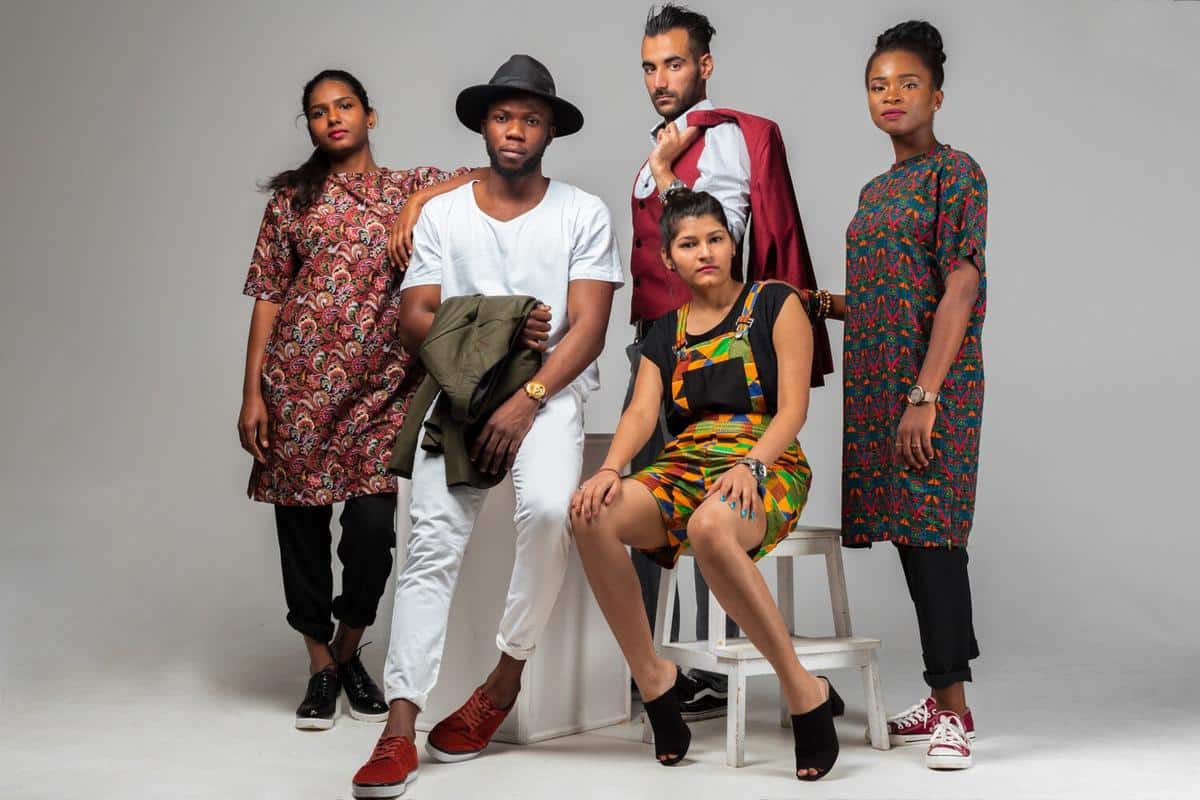
Cultural Appropriation vs. Cultural Appreciation in Fashion
The line between cultural appreciation and cultural appropriation in fashion is a topic of growing importance in today’s diverse world. As global influences weave their way into the fabrics of modern style, understanding these concepts becomes essential for both creators and consumers of fashion.
Understanding Cultural Appropriation and Appreciation
Cultural appropriation occurs when elements of a minority culture are used outside of their original context, often without understanding or respect. This can lead to the erosion of the cultural significance behind these elements. In contrast, cultural appreciation involves recognizing the value and meaning of cultural symbols and respectfully integrating them into one’s life.
Insights from Experts
Fashion historian Valerie Steele has noted that, “Fashion can be a wonderful way to bring different cultures together, but it requires sensitivity and respect.” This sentiment is echoed by many in the fashion industry who advocate for thoughtful engagement with cultural symbols.
Statistics and Research
Research from the Fashion Institute of Technology highlights that approximately 70% of consumers believe designers should credit cultural sources. This statistic underscores the growing demand for transparency and respect in fashion.
Real-World Examples
An example of cultural appreciation is the collaboration between fashion designers and indigenous artisans to create collections that honor traditional techniques and provide fair compensation. On the other hand, instances of appropriation have been criticized when designers use sacred symbols as mere aesthetic elements without acknowledging their origins.
Actionable Tips
- Do your research: Learn about the cultural significance of the fashion elements you wish to adopt.
- Engage with communities: Seek out collaborations with cultural representatives and artisans.
- Give credit where it’s due: Always acknowledge the origins of the cultural elements you use.
Comparison Table
| Aspect | Cultural Appropriation | Cultural Appreciation |
|---|---|---|
| Intent | Often profit-driven | Respectful and educational |
| Engagement | Surface-level | In-depth collaboration |
| Impact | Potentially harmful | Enriching and respectful |
| Recognition | Minimal or none | Credited and transparent |
| Community Benefit | Limited | Mutually beneficial |
| Understanding | Often superficial | Deep and informed |
| Outcome | Controversial | Celebrated |
| Examples | Fashion using sacred symbols without context | Collaborative collections with indigenous artisans |
Frequently Asked Questions
What is cultural appropriation in fashion?
Cultural appropriation in fashion refers to the use of elements from a culture, especially minority cultures, without understanding or respecting their significance.
How can I appreciate a culture through fashion?
You can appreciate a culture by learning about its history, respecting its significance, and engaging with people from that culture in meaningful ways.
Why is cultural appropriation harmful?
It can lead to the dilution of cultural significance and the exploitation of cultural elements for profit without benefiting the originating community.
Conclusion
Incorporating cultural elements into fashion should be done with respect and understanding. By choosing appreciation over appropriation, we can celebrate diversity and contribute to a more inclusive fashion industry. Let’s engage thoughtfully and ensure that our fashion choices reflect not just our personal style, but our respect for the cultures that inspire us.


